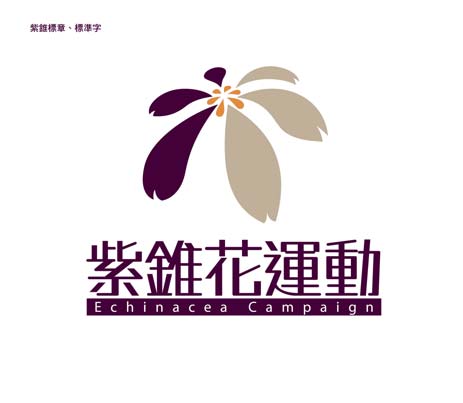730 217.222
Are Endoscopic Antireflux Therapies Cost-EffectiveCompared with Laparoscopic Fundoplication?Background and Study Aims: A number of endoscopic antire-Results: Assuming that EAT has no impact on potential LF laterflux therapies (EATs) have emerged as potential nonmedicalon, the outcome of both strategies (LF, or EAT first with LF intreatment options for patients with gastroesophageal reflux di




